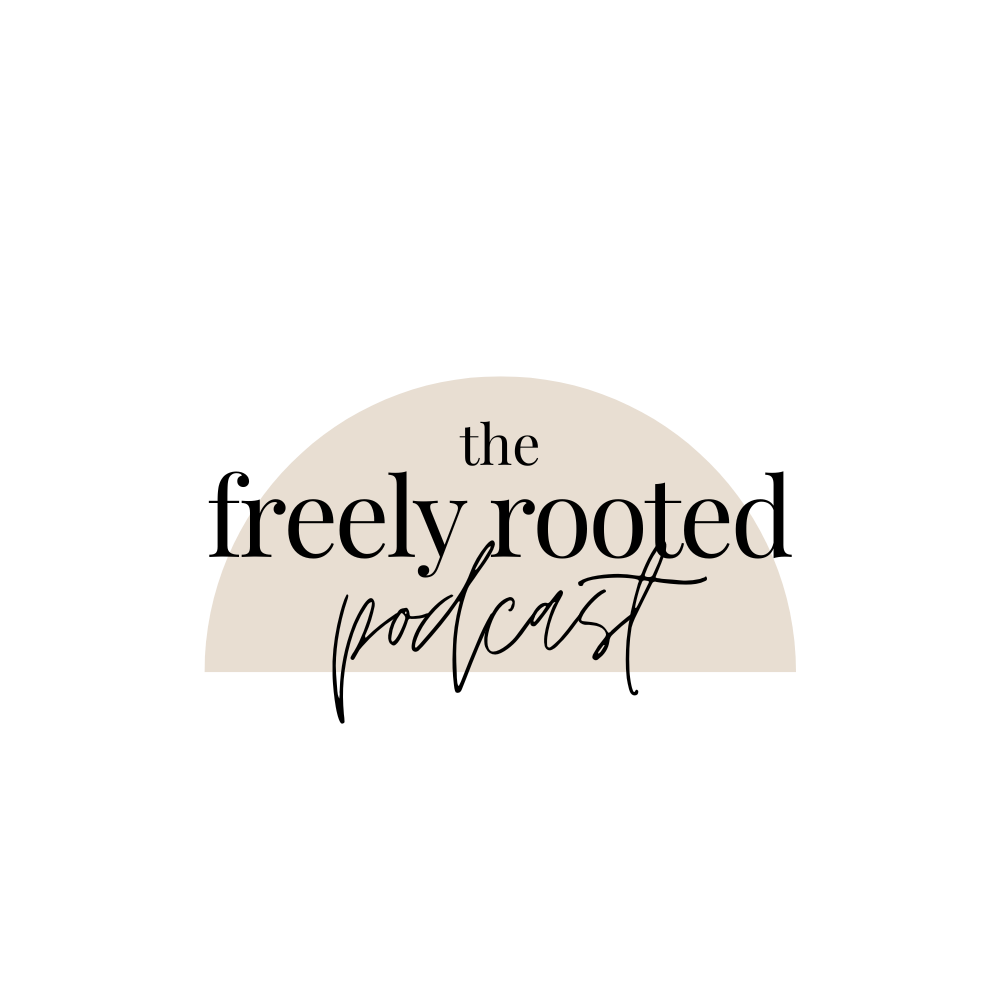5 INGREDIENTS TO AVOID IN YOUR SKINCARE
Fact: 80% of the chemicals in our personal care products have never been tested for safety.
Fact: The most recent law passed by the federal government to regulate the personal care industry was in 1938.
Fact: While the European Union has banned over 1,300 ingredients in personal care products, the United States has banned… drumroll please…11.
So we’ve established that there some unregulated chemicals floating around in our products… BUT could they really cause any serious damage? Let’s put it this way- our skin is our largest organ, so it couldn’t hurt to eliminate some of these ingredients, especially the ones that are known endocrine disruptors.
What on earth are endocrine disruptors? Let’s leave it to our girl Gregg Renfew, founder of Beautycounter (no I am not affiliated with them) to give it to us straight:
“The endocrine system is incredibly complex and important: It’s responsible for regulating everything from our mood, to our reproductive processes, to our growth and development, to our sexual function and metabolism. Exposure to endocrine (or hormone disruptors) is particularly scary because they’re so potent in small doses, as they mimic the hormones that our bodies produce in small amounts every day. Endocrine disrupting chemicals can lead to reproductive problems, metabolic issues, cancer, birth defects, and other devastating disorders.”
Now that we know what we’re looking out for, let’s evaluate some major offenders:
PARABENS
Parabens are used as preservatives to prevent the growth of bacteria, mold, and yeasts. They are commonly labeled as methylparaben, propylparaben, methyl 4-hydroxybenzoate, propyl 4-hydroxylbenzoate, and any word ending in “paraben.” You have probably seen them in your makeup, shampoo, sunscreen, deodorant, or even gum… ew.
“Parabens are known endocrine disruptors that can mimic estrogen in the body. Several studies have shown that parabens can affect the mechanisms of normal breast cells and potentially influence their abnormal growth, leading to increased risk for breast cancer.”
-Breast Cancer Prevention Partners
The most vulnerable individuals to the harmful effects of parabens are pregnant women and young children. Both the European commission and Denmark have completely banned several parabens, so I would say it’s better safe than sorry with these bad boys!
FRAGRANCE
Fragrance (or parfum) is basically a freebie to allow suppliers to protect the “secret” of what goes into their product. Suppliers are not required to give any information to consumers, manufacturers, or regulators about their fragrance ingredients.
“As a result, fragrance can – and does – contain carcinogens, endocrine disruptors, neurotoxic chemicals, sensitizers, asthmagens and allergens. These ingredients can lead to serious short- and long-term health impacts and yet they don’t even appear on product labels.” – Breast Cancer Prevention Partners
Phthalates
Phthalates (don’t ask me how to pronounce this) are used to soften and improve the durability of plastics. Cleeeaaarly they have an important place in our moisturizers…
“Phthalates are endocrine disruptors, and exposure to phthalates has been linked to breast cancer, developmental issues, decreased fertility, obesity and asthma. Although some regulations ban phthalates in certain products intended specifically for young children, they are still widely used in many consumer products.”
– Breast Cancer Prevention Partners
To avoid extra exposure to phthalates (disguised as DBP, DEHP, and DEP), try to minimize your use of plastics– glass containers instead of plastic tupperware, stainless tumblers instead of plastic water bottles, and so on.
Formaldehyde
How is it possible that this carcinogen even exists in personal care products? Formaldehyde is linked to asthma, neurotoxicity, and developmental toxicity. You can find it hiding in labels under quaternium-15, DMDM hydantoin, imidazolidinyl urea, diazolidinyl urea, sodium hydroxymethylglycinate, or 2-bromo-2-nitropropane-1,3 diol.
How about I just simplify this for you guys? If you can’t pronounce it, it’s probably not good for you.
Sodium Lauryl/Laureth Sulfate (SLS)
SLS is essentially used to make products “foamy,” so you can find them in shampoos, soaps, face wash, toothpaste, and more. It allows chemicals to enter our system more easily by altering our skin’s structure. When SLS was tested on animals, it caused eye damage, depression, skin irritation, labored breathing, diarrhea, and death. Young children are particularly vulnerable to the effects of SLS because exposure can cause underdevelopment of the eyes. Moms, CHECK YOUR BABY PRODUCTS!
I avoid a large handful of other common ingredients in my family’s personal care products, but if you are just starting out on your health + wellness journey, start simple! Download the App “ThinkDirty” and scan your products to learn about the level of toxicity in each one & receive suggested alternatives. My current favorite non-toxic, organic brands are Treat Yourself Inc and Wild Woman (the latter is carefully designed and crafted by hand from a work-at-home mom named Rose. Check her out!). Lastly, save this awesome master-list to your phone by @functional.foods on Instagram!
Knowledge is empowering to be able to make fully informed decisions about yourself and your family! Let me know if you would like to learn more about which ingredients we avoid in our house!
-Kori


